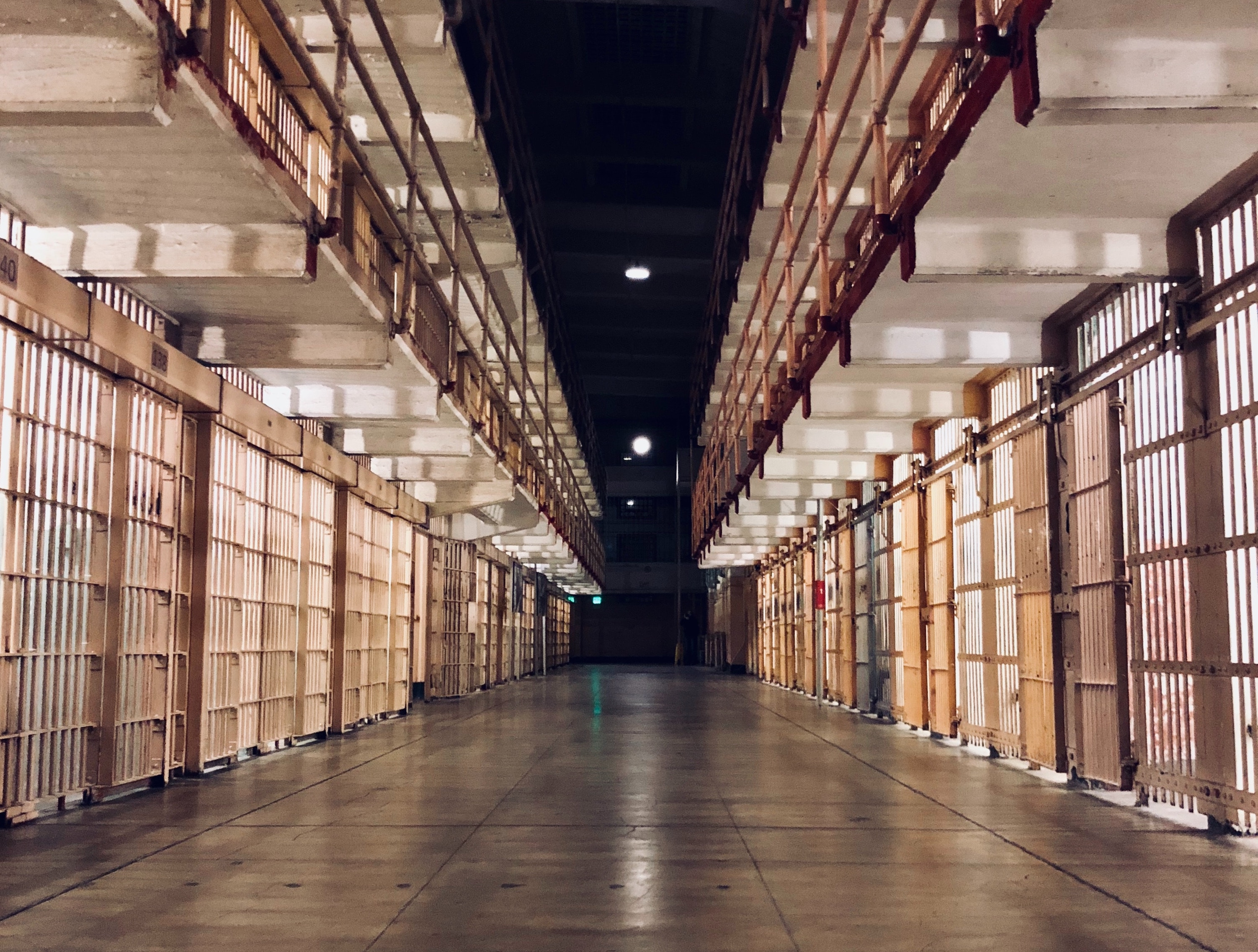The onset of COVID-19 brings new attention to correctional facilities and the number of prisoners remanded because of the virus’ ability to spread rapidly through human contact. A recent study by the Pew Charitable Trust focuses on jails, which are generally operated by local municipalities, and how their budgets are currently allocated. The good news is that those released due to the pandemic saw lower rates of reimprisonment. The bad news is that, while both crime rates and incarceration rates are declining, government spending on jails continues to increase. In other words, less crime and fewer incarcerations over a 10-year period resulted in increased spending and bloated budgets. Why?
According to the study, jail costs have been increasing since 1977 (the earliest time for which data are available), and from 2007 to 2017 they have seen a 13% increase, which amounts to several billion dollars. Regarding municipal spending, jails were given almost 20% of local corrections dollars, and one in 17 total county dollars, in the year 2017. Furthermore, localities spent an average of almost $34,000 on each occupied jail space in that same year. Roughly a third of all jail cells are 30 years or older, suggesting that the increased funds have not gone primarily to jail cell refurbishments.
This is especially odd considering that the significant spending increases are not associated with increases in crime, but with decreases in arrests. Crime and jail admissions both fell by 20% and 19% respectively during that same 2007-2017 time period, while local jail expenditures grew by 13%. Furthermore, state crime rates also did not correlate with jail expenditures. Finally, the smallest localities (50,000 people or less) saw the second-highest jail spending per local resident, despite having the lowest crime rate per 100,000 residents. Jails with fewer than 250 inmates saw a 7% increase of population from 2007 to 2017, but a 17% increase in capacity.
All of this is to say that jail spending has increased significantly in recent years despite crime rates dropping in the relevant areas. Due to COVID-19, jail populations continue to decline. Again, spending does not. The question now remains: Can those disproportionate expenditures be cut?
Moreover, the obvious question is to what areas are these increases in spending being directed? Who is auditing local governments regarding their criminal justice spending? Who is asking for receipts? The study offers little direct information but suggests that it does vary in different localities. The study also notes, “Operating expenses such as personnel, utilities, and health care made up 97% of jail costs. Employment expenditures accounted for roughly half of total corrections costs in 2007 and 2017.” Some of the costs are fixed (utilities), while others depend on the jail population.
The study concludes that we can cut costs by continuing to lower jail populations, as was accomplished during in the COVID-19 pandemic in many local districts. However, this seems unlikely due to the fact that jail spending increased from 2007-2017, even as crime and jail populations decreased. The role of the corrections officers’ unions may provide some insight into why fewer prisoners will not like lead to decreases in spending.
Follow the incentives. According to the Vera Institute of Justice, payroll expenses comprise 74% of the total cost of jails. As such, the corrections officers’ unions across the country do not want smaller corrections budgets. Shrinking budgets lead to layoffs. According to Fordham Law School professor John Pfaff, who is quoted in an article published in the socialist magazine In These Times, “Prison guard unions often have a strong incentive to push back against reforms, because so much of what we spend on incarceration goes to correctional officers.” This is why corrections unions “often have such a strong incentive to keep correctional spending high … In theory, the unions would likely be fine with prison population cuts as long as they didn’t require prison closures and layoffs.” Corrections unions do what they can to keep corrections officers employed. For example, as Pfaff observes, “Pennsylvania once closed two [public] prisons and laid off three guards.” In November 2020, a New Jersey state judge dismissed a lawsuit filed by a corrections’ officers union fighting Cumberland County over a decision to close its jail and eliminate up to 115 jobs, mostly prison guards.
In the final analysis, because the large majority of spending on jails is payroll, local municipalities need to justify why their budgets are increasing with lower criminal activity and fewer prisoners. This will require more transparency and accountability at the state and local level so that the tax dollars being extracted from working people’s paychecks can be justified. If we do not need as many jails and corrections officers, we need to close these facilities and lay off prison guards. Perverse incentives make a broken criminal justice system even worse, and taxpayers deserve long overdue answers that explain oversized government budgets.

